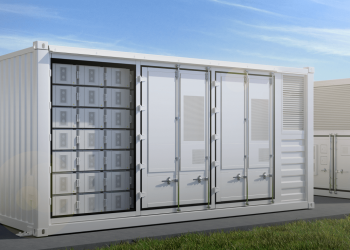Huawei Challenges Nvidia as $500 Billion U.S. Expansion Unfolds
Huawei is intensifying its AI ambitions, ramping up mass production of its Ascend 910C chips to directly compete with Nvidia’s dominant H100 processors. Meanwhile, Nvidia is pivoting away from China, announcing a massive $500 billion plan to strengthen its U.S. manufacturing footprint.
Tariffs Push Nvidia’s Exit Strategy
Facing strict U.S. export controls that ban selling its top-tier H20 chips to China without special licenses, Nvidia recently took a $5.5 billion charge related to unsellable inventory. Rather than wrestle with growing trade barriers, Nvidia is doubling down on domestic production, partnering with TSMC and Foxconn to expand facilities in Arizona and Texas. Its new Blackwell chips are already being produced in Arizona, signaling a major strategic shift.
China Strikes Back with Homegrown Chips
China is not standing still. Regulators have launched investigations into Nvidia’s local operations, while Huawei races ahead with its Ascend 910C AI chips, targeting mass production soon. This bold move aligns with Beijing’s broader push for tech self-sufficiency.
Despite Nvidia’s retreat, the company retains significant exposure to China. Revenue from China dropped from 26% in 2022 to 13% in 2025, but it remains a multi-billion dollar segment for Nvidia.
Nvidia Stock Holds Strong but Risks Loom
Despite these headwinds, Nvidia’s stock continues to perform well, gaining nearly 70% year-to-date. However, analysts caution that reduced access to the Chinese market could pressure growth moving forward.
Currently, Nvidia holds a Strong Buy consensus rating on TipRanks, with 37 analysts recommending a Buy and just five suggesting Hold. The average 12-month price target sits at $168.49, representing a potential 58% upside from current levels.
As the global AI chip race intensifies, Nvidia’s gamble on U.S. expansion and Huawei’s aggressive domestic push set the stage for a high-stakes battle over the future of artificial intelligence.







